Macedonia
Macedonia—a familiar name. However, the Macedonia we visit today is not the legendary empire of antiquity that once dominated the ancient world, but the young Republic of North Macedonia, a nation that emerged from the former Yugoslavia. With an area of just over 20,000 square kilometers and a population of around two million, this mountainous country may seem small. Yet, the weight of its historical name has burdened it since its inception, constantly entangling it in disputes with its neighbors.
Since gaining independence, the name “Macedonia” has been at the center of ongoing contention, forcing the nation to endure decades of adjustments and compromises. Historically known as the Kingdom of Macedonia, it became the Socialist Republic of Macedonia during its time as part of Yugoslavia. Upon independence, it was renamed the Republic of Macedonia, only to encounter objections that led to it joining the United Nations under the awkward title of the Former Yugoslav Republic of Macedonia (FYROM). In a final bid to resolve the conflict and open the path to European Union membership, the country agreed this year to officially adopt the name Republic of North Macedonia.
The Macedonia of antiquity and today’s contested concept of Macedonia are vastly different. While ancient Macedonians shared deep connections with Greek civilization in cultural heritage and ethnic exchanges, they also merged with other civilizations and peoples over time. Both Greece’s Macedonia and North Macedonia are part of the historical territory that was the cradle of the ancient empire. For this reason, North Macedonia insists on being a legitimate heir to the empire, and such a claim is not entirely unfounded when traced back through the region’s historical and territorial roots.
The issue of ethnicity complicates the narrative further. The Slavs who now make up the majority population of North Macedonia arrived in the region around the 7th century and even established a Macedonian kingdom in the 10th century. At that time, Greece was under foreign domination, unable to intervene in regional developments. The dispute over the name “Macedonia” reflects the reality that international politics often centers around interests. Though Greece had long opposed the use of the name, tensions remained manageable until Macedonia declared independence. Facing economic hardship and in need of international recognition and support, Macedonia’s path to joining organizations like the European Union required Greece’s consent—thus forcing multiple name changes. The nation altered its name to gain UN membership and, later, to secure EU candidacy. While Greece’s pressure played a role, Macedonia’s shifting identity was also driven by pragmatic needs.
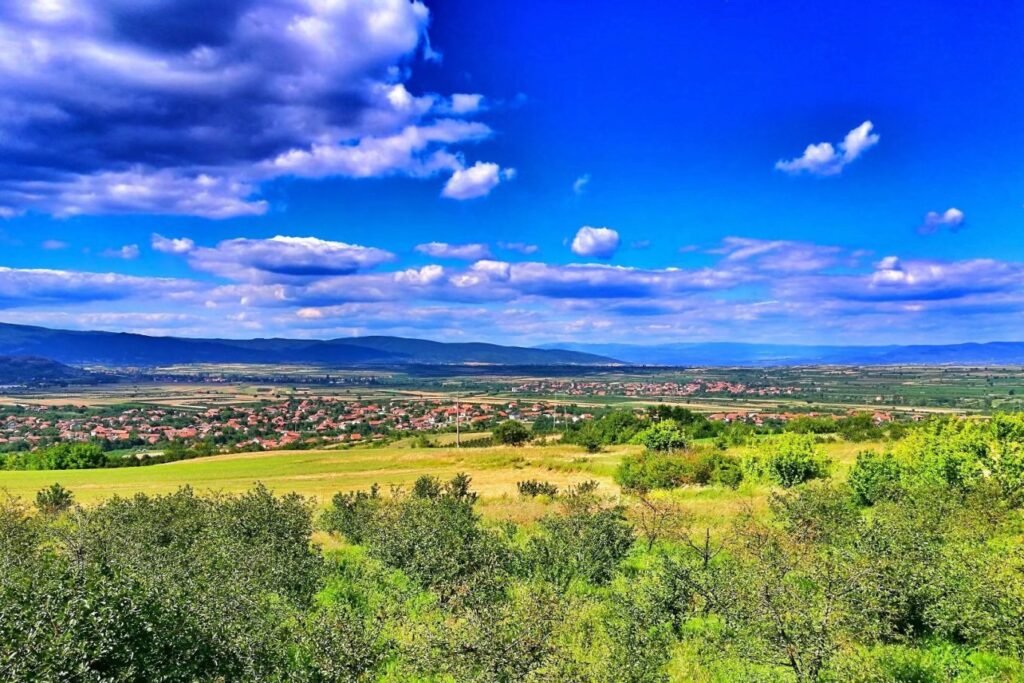
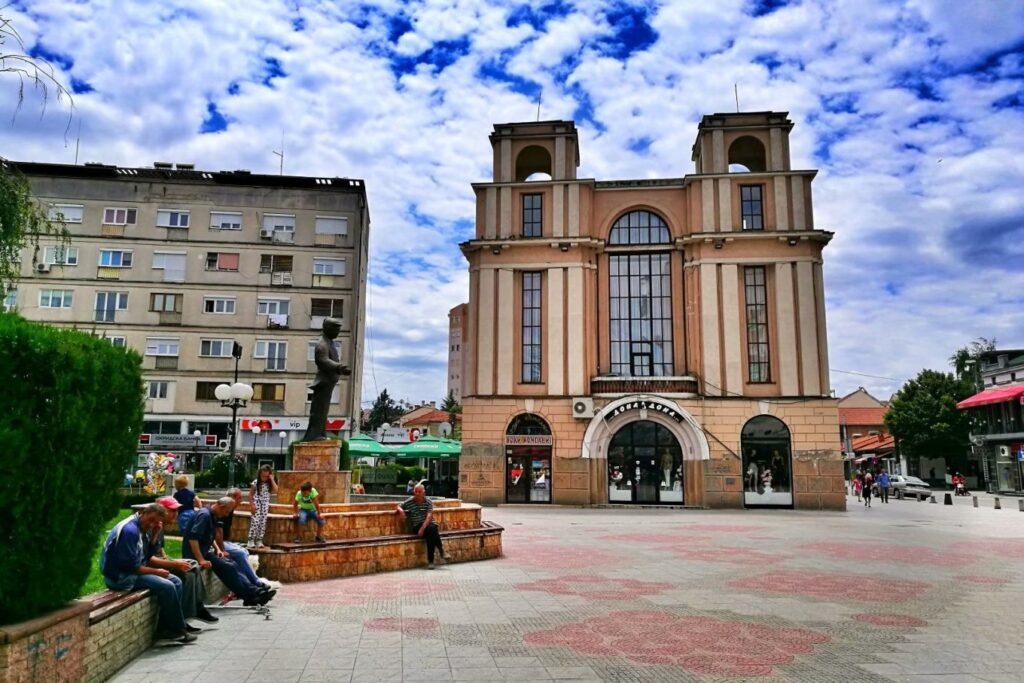
Our Journey into North Macedonia
Curious about the identity of this small country with such a turbulent history, we embarked on a road trip. We entered from Nis in southern Serbia, traveled through Kumanovo in the north, and arrived in the capital, Skopje. From there, we planned to head south to the famed Lake Ohrid and finally circle back via Lake Prespa toward our next destination.
Unfortunately, our plans were derailed in Skopje. During what should have been a brief two-hour stop, our parked car was broken into and looted in broad daylight. This unexpected incident forced us to abandon the remainder of our itinerary and cut short our stay. While the experience left us with mixed feelings, it ensured we would never forget our brief encounter with North Macedonia.

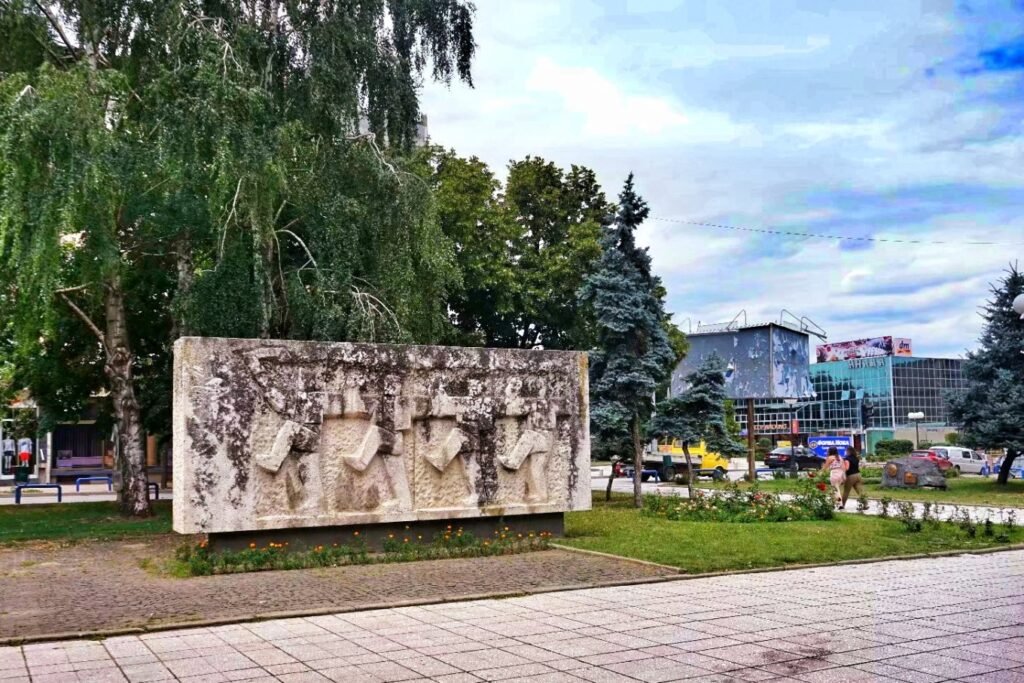
Kumanovo
Kumanovo, located in northern North Macedonia, lies just 20 kilometers from the capital, Skopje. After completing our journey through other parts of the former Yugoslavia, we departed from Nis, Serbia, and headed south along the highway, with this small city being our first stop.
Kumanovo, a name with an obvious Turkish influence, reflects the history of the region. The name “Kuma” refers to the Kumans, a Turkic people. Historically, this area served as a foundation for Macedonian settlers, only to later be overtaken by Slavs. In the 12th century, Kuman tribes began to settle here, backed by the powerful Ottoman Empire, transforming the area into their new homeland. Although the Slavic population was not entirely expelled, the Kumans assumed control and renamed the place Kumanovo, marking their dominance. However, time has since changed hands again, with the Slavs re-establishing themselves as the region’s rulers.
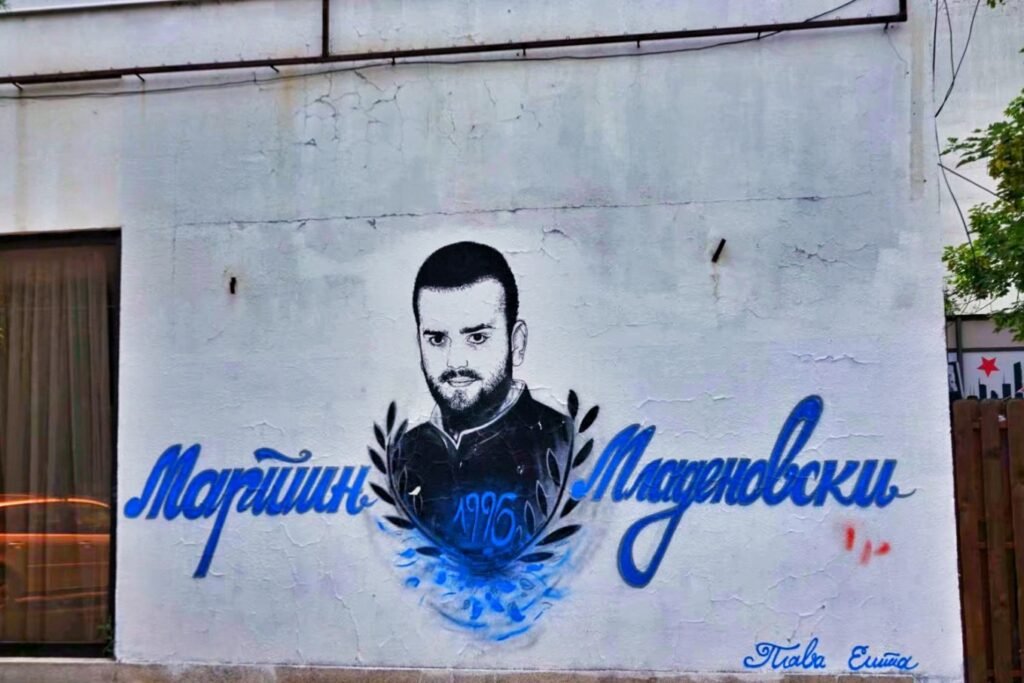
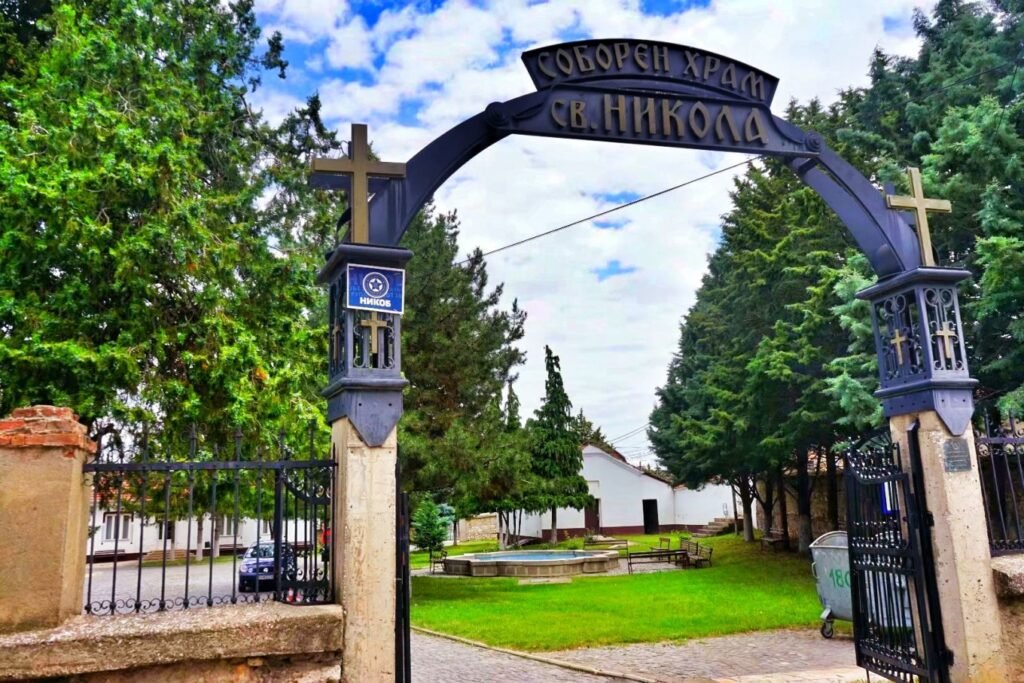
In recent years, the geopolitical situation has resulted in a significant influx of Albanians, who now make up a quarter of Kumanovo’s population. This growing Muslim presence has become a significant force, shaping the city’s future.
What makes Kumanovo so attractive that people from various backgrounds come and settle here, never wanting to leave? At first glance, the city presents itself as an unremarkable, modest town. Its narrow streets extend freely, residential homes scatter randomly, churches stand sporadically, and public squares remain largely overlooked. Yet, the city retains a distinct Slavic character.
Geographically, Kumanovo is situated in a hilly, mountainous area in northern North Macedonia. The Vardar River flows through this landscape, expanding into lush green valleys nestled between the hills and slopes. This fertile land bursts with wildflowers, grazing cattle, and thriving crops. With its agricultural prosperity and hidden mineral resources, Kumanovo serves as a regional economic hub, attracting people from near and far to put down roots.
Beyond its economic significance, Kumanovo also holds historical importance. The famous Battle of Kumanovo took place here. By the early 20th century, the Ottoman Empire, once an unstoppable force, was in decline. As uprisings against Ottoman rule spread, the First Balkan War erupted in 1912. The Macedonian region, under Ottoman control, became a battleground.
On October 24, 1912, the Serbian army, despite its smaller size, launched an offensive here and encountered resistance from 100,000 Ottoman troops. Although the Ottoman forces had both numerical and strategic advantages, the Serbian soldiers fought with unmatched tenacity, embodying the fierce spirit of their people. Against all odds, they broke through the Ottoman defenses, inflicted heavy losses, and routed the enemy. With this victory, Serbia reclaimed the ancient city of Skopje, marking the beginning of the Ottoman Empire’s retreat from the region and signaling the end of its dominance over Slavic lands.
The Battle of Kumanovo was a source of pride for the city for many years. However, with North Macedonia’s independence from Yugoslavia, efforts have been made to downplay the historical connections with Serbia. The government has quietly shifted focus away from the battle, erasing many of the remnants associated with it. No memorial parks remain, and most historical markers are slowly disappearing.
Today, visitors wandering through the streets of Kumanovo will encounter old buildings bearing faint echoes of the past. Though these structures no longer resemble their former selves, one might still catch a lingering sense of the city’s bygone days, hidden in the atmosphere that fills its narrow alleys.
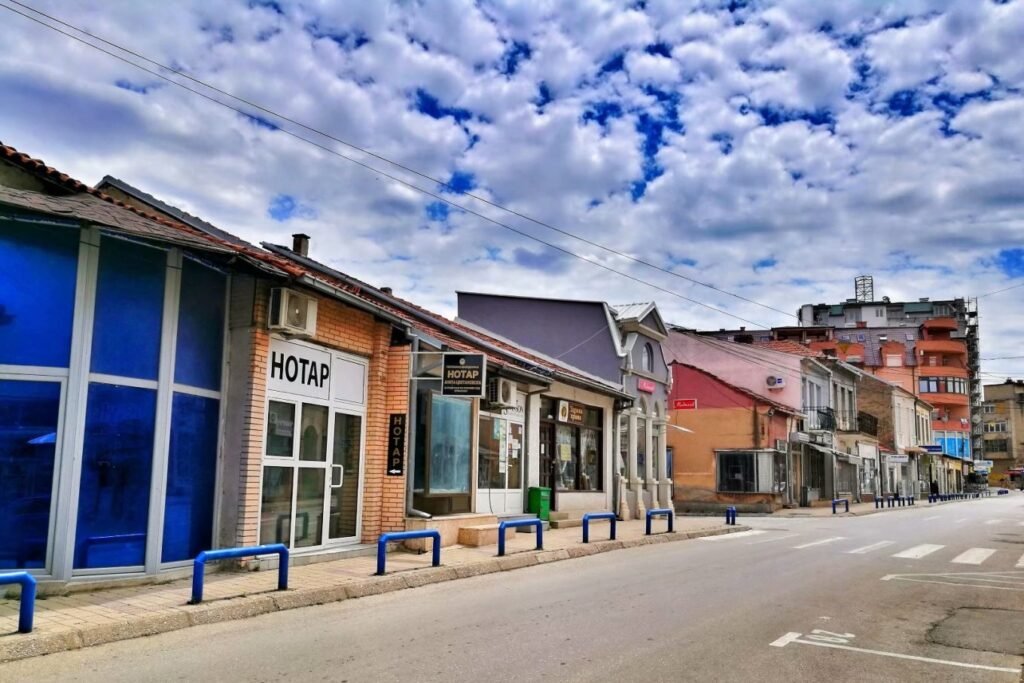
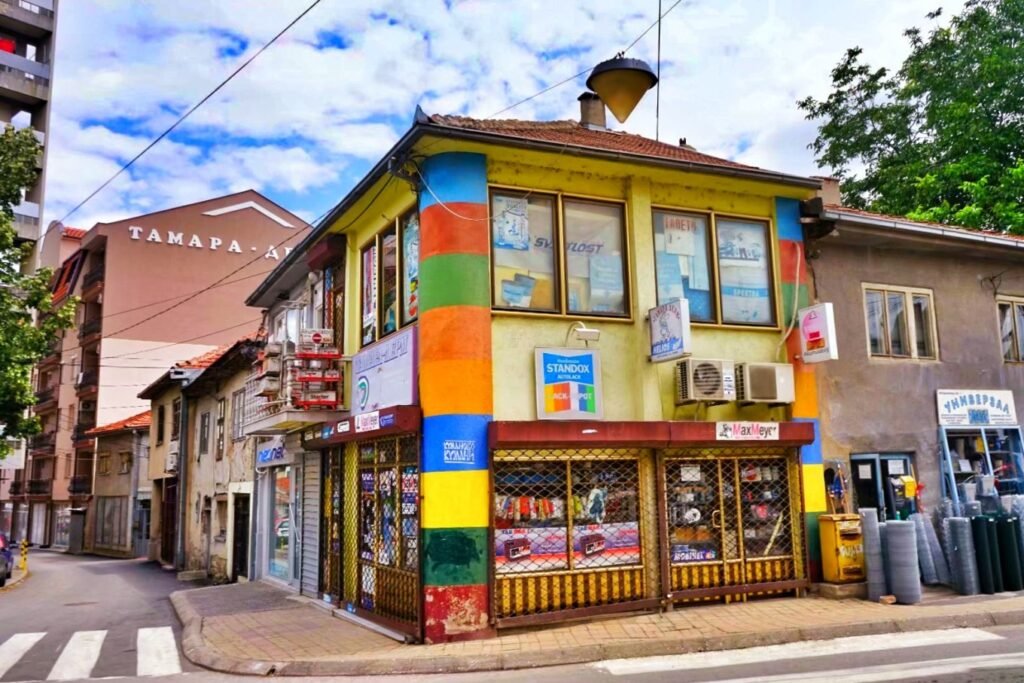
Skopje
Skopje, the capital of North Macedonia, offers a stark contrast to the historical charm of Kumanovo. While the country’s name remains contentious, Skopje firmly stands as a genuine ancient capital. It is considered one of the earliest inhabited sites in Europe and a cradle of European civilization. Multiple empires have claimed this city as their own throughout history.
The earliest recorded kingdom here was the Kingdom of Dardania, established in the 3rd century BCE. However, the city fell under the control of the mighty Roman Empire by the 1st century. Later, Emperor Justinian I, born nearby, rebuilt the city as a thriving Byzantine capital. Despite its flourishing period under Byzantine rule, Skopje was later conquered by the Bulgarian Empire in the 10th century, becoming its capital for a time. Control over the city shifted frequently between the Byzantines and Bulgarians throughout the medieval period.
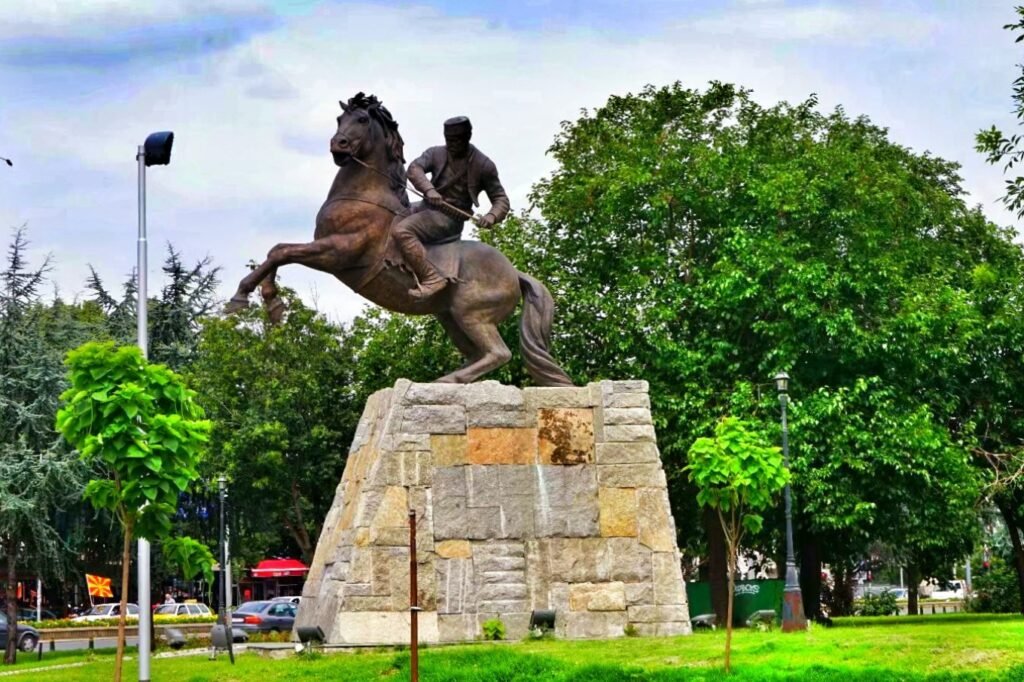
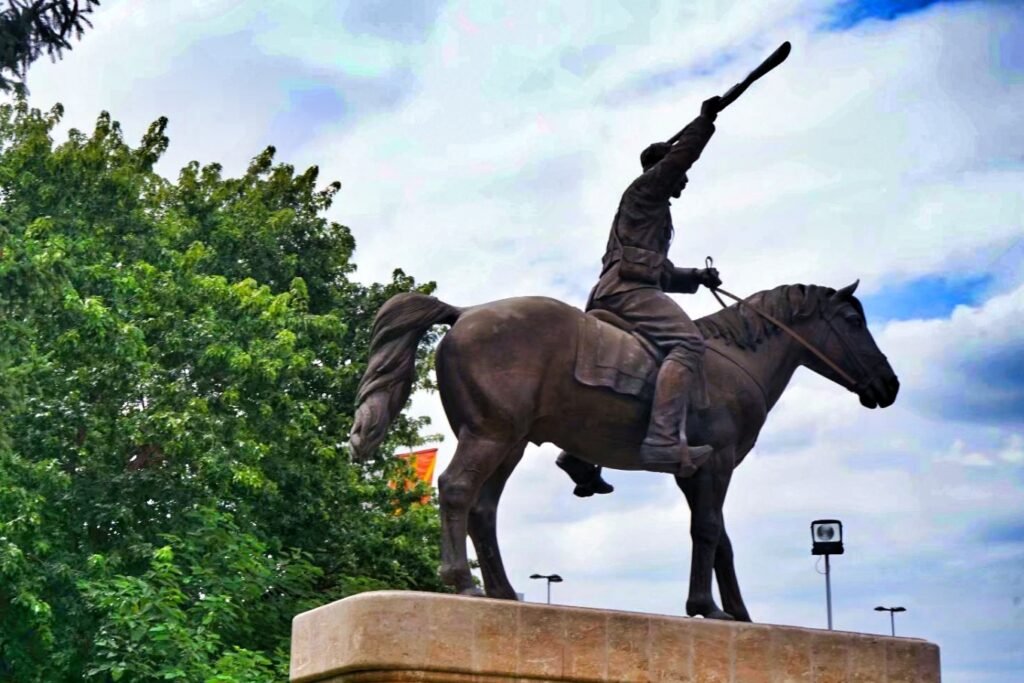
By the 14th century, Emperor Stefan Uroš IV declared himself Tsar in Skopje, making it the capital of the short-lived Serbian Empire. However, this new empire soon disintegrated, and Skopje fell under Ottoman control, where it remained for over five centuries. The Ottomans transformed the city into a hub of Islamic culture, introducing mosques, Turkish baths, and other Ottoman-style architecture. This period saw Skopje grow into a vibrant center of trade and culture, but tensions between religious groups and the rise of nationalism eventually led to unrest. The First Balkan War marked the end of Ottoman rule, returning Skopje to Slavic control.
During its time within Yugoslavia, Skopje experienced rapid industrial development, but it also endured a series of devastating disasters. Natural calamities, including earthquakes and floods, repeatedly struck the city. The most catastrophic event occurred in 1963 when a massive earthquake destroyed 80% of the city, killing over a thousand people and leaving thousands homeless. Although international aid helped rebuild Skopje, the disaster abruptly halted the city’s progress, leaving scars that are still visible today.
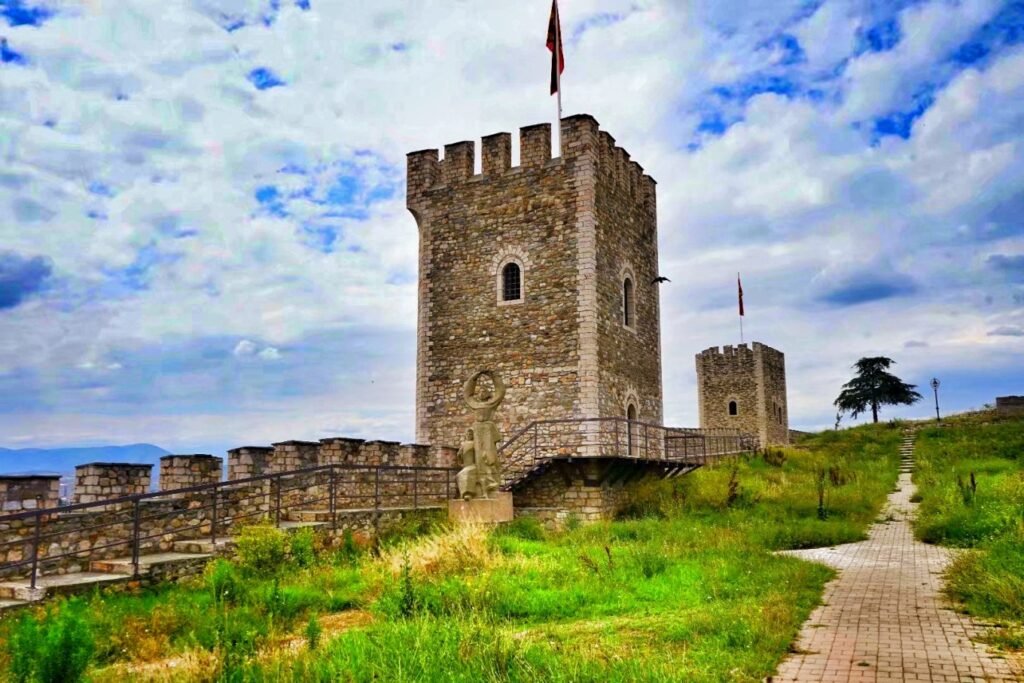
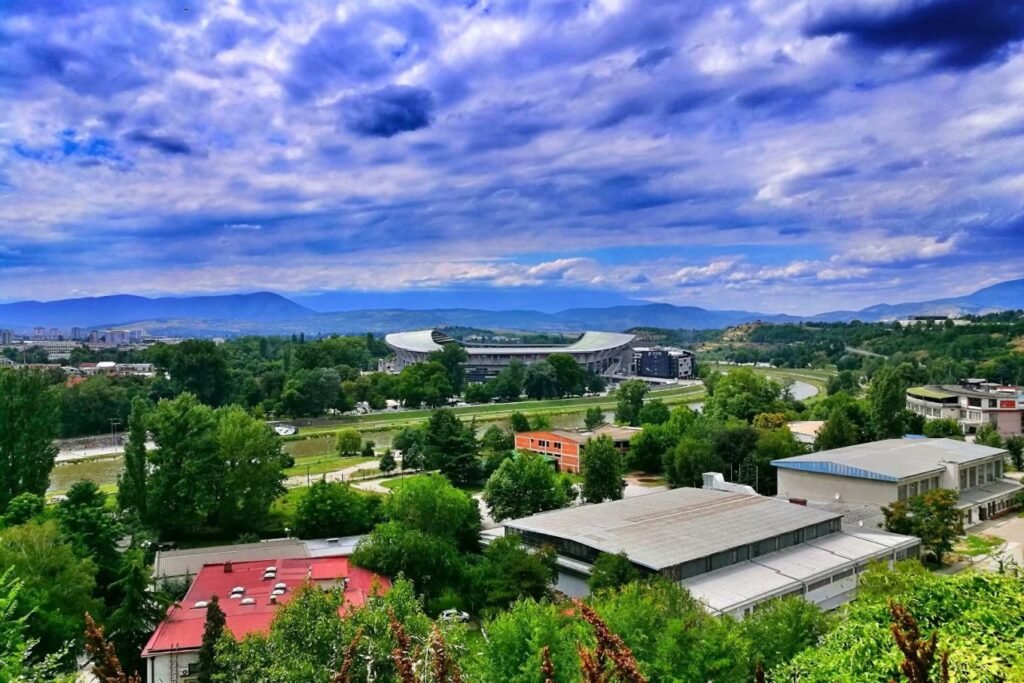
Today, Skopje is a completely modern city, divided by the Vardar River into two districts. The northern part, known as the Old Bazaar, contains remnants of the city’s ancient heritage, including old ruins and mosques. Meanwhile, the southern part, known as Centar, serves as the government and residential hub, filled with new developments.
The city’s reconstruction occurred in two phases. The initial rebuilding followed a plan by Japanese architect Kenzo Tange, but progress was slow, and for many years, Skopje resembled a never-ending construction site. In 2014, with new international funding, the government launched an ambitious plan to revamp the city center. This project resulted in a mix of neoclassical buildings, bridges, fountains, and museums. While visually impressive, the city now resembles a theme park more than an authentic historic town.
Unfortunately, our experience in Skopje took a sudden turn for the worse. Arriving on a Sunday afternoon, we parked in a paid lot in the city center, hoping to avoid any trouble. However, after a brief two-hour tour, we returned to find our rental car—a sleek Audi Q3—had been broken into. The window was shattered, and all our belongings, including laptops and a hard drive with irreplaceable photos, were stolen.
We immediately reported the theft to the police, but it took four hours for officers to arrive. Since the police station was closed for the weekend, we had to return the following day to complete the formalities. Frustrated by the bureaucracy, we considered giving up on the report, but the rental company required official documentation for insurance purposes. The next day, after much waiting and paying a processing fee, we finally obtained the report.
The incident delayed our trip by two days, forcing us to rearrange our itinerary. Though the experience was exhausting and disheartening, we reminded ourselves that, thankfully, we were safe, with passports and credit cards intact. The rental company quickly provided a replacement car, and we purchased new gear to continue our journey. Despite the setback, we pressed on, determined to see the world without letting obstacles hold us back.
Reflecting on our experience, we later discovered numerous reports online warning travelers about Skopje’s high crime rate, especially regarding vehicle break-ins. Had we known earlier, we might have avoided the mishap. But as with many travel lessons, some knowledge only comes in hindsight. And as for the stolen items? It is best not to expect any follow-up or resolution.
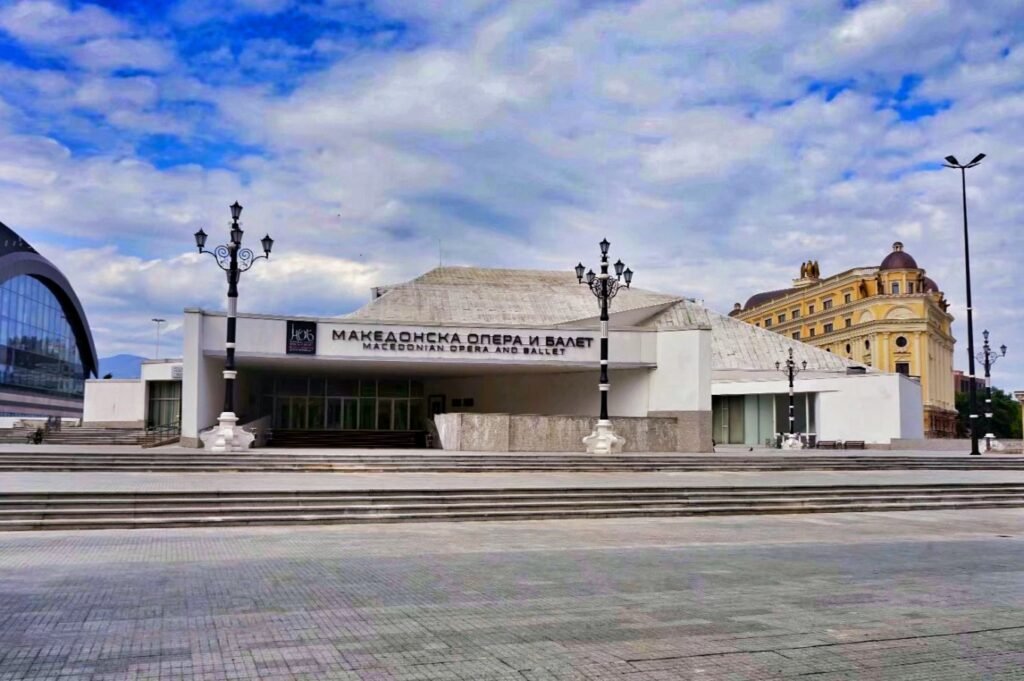
National Opera & Ballet
The National Opera and Ballet is located next to the Philharmonic Orchestra, serving as one of the country’s newly established cultural venues. However, visitors should be cautious as the parking area here is known as a hotspot for vehicle break-ins, with incidents reported even during the daytime.

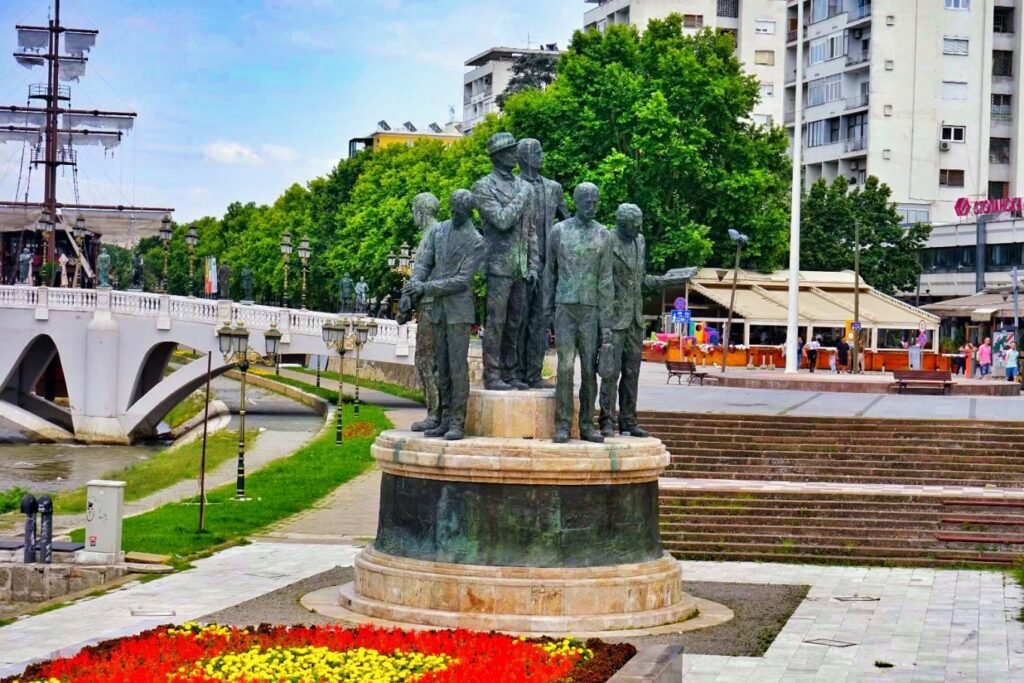
Macedonia Square
Macedonia Square is located in the heart of Skopje and serves as the largest and liveliest urban square in North Macedonia. At its center stands a statue of Alexander the Great, depicted riding a horse with sword in hand. Surrounding the square are numerous important buildings featuring neoclassical architecture, along with statues of significant historical figures of Macedonia. Nearby, visitors can enjoy pedestrian streets, shopping centers, and restaurants. In the evening, a musical fountain adds to the vibrant atmosphere.


